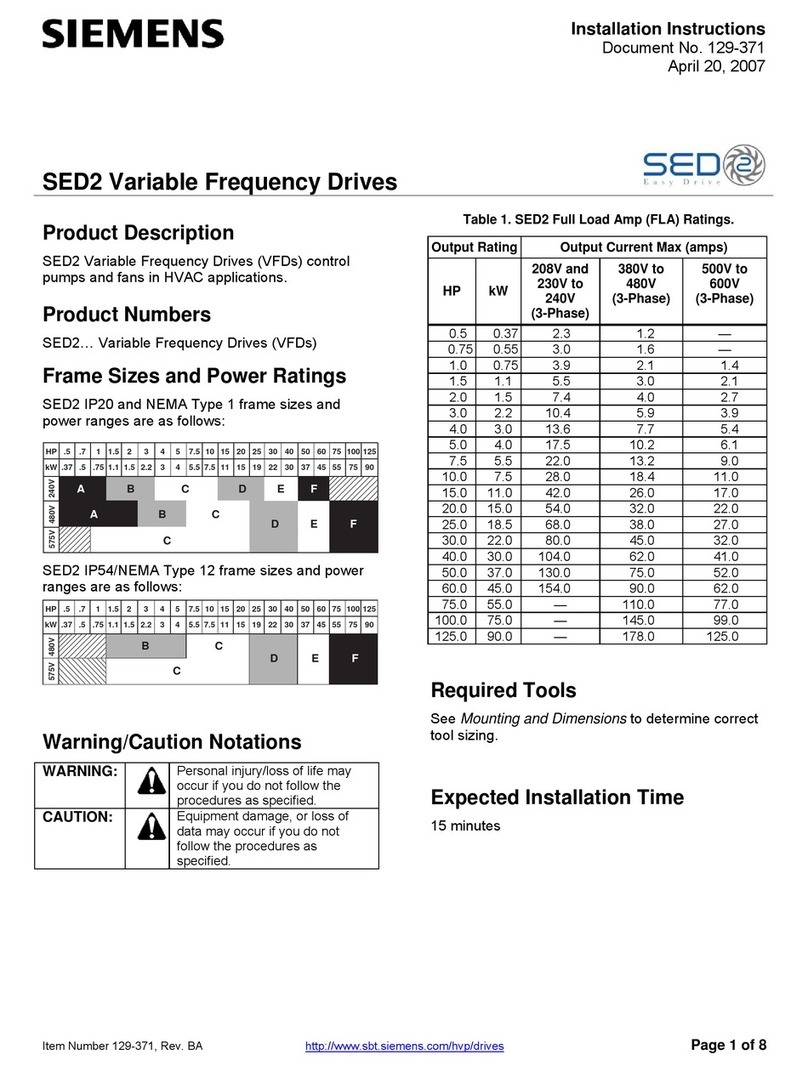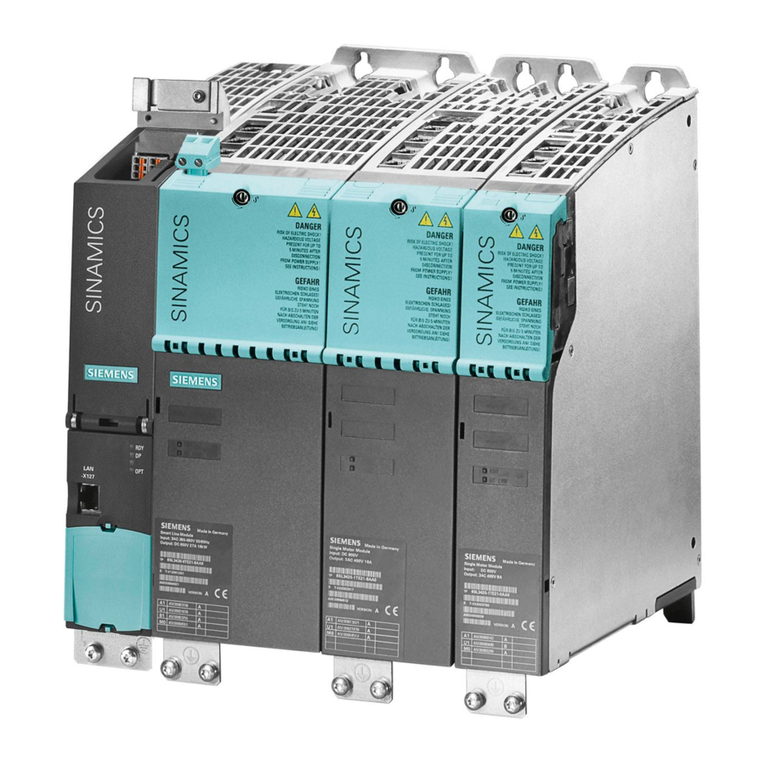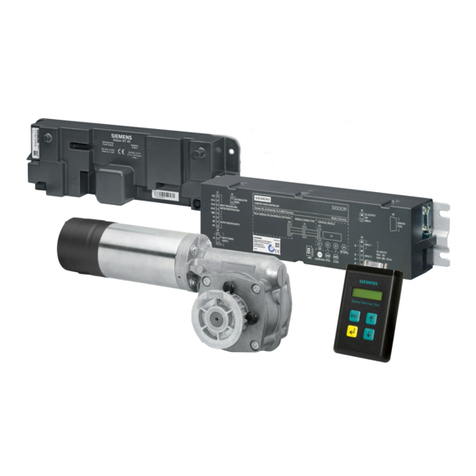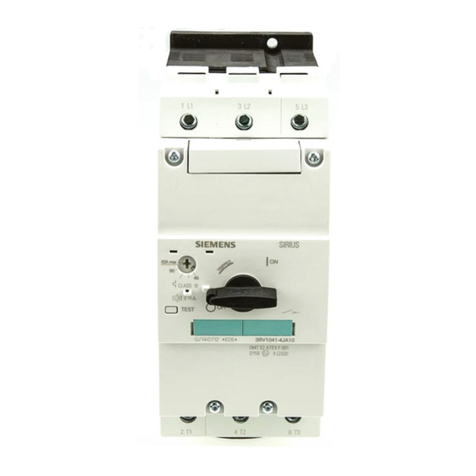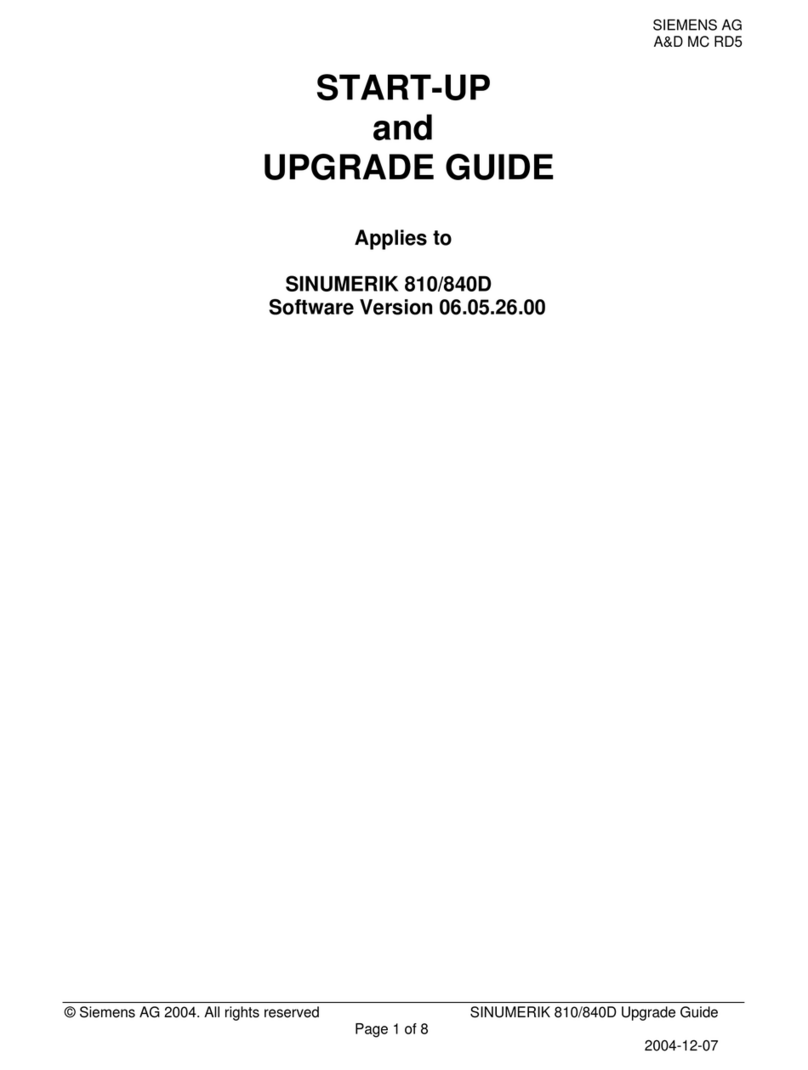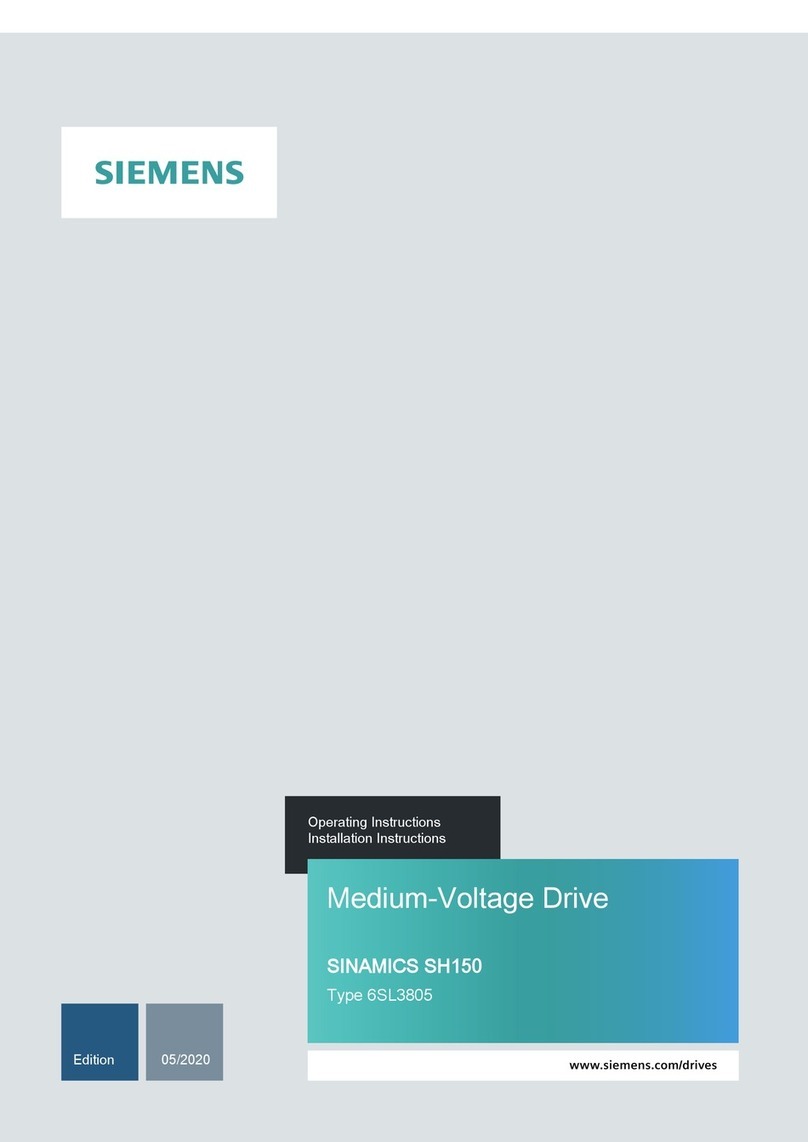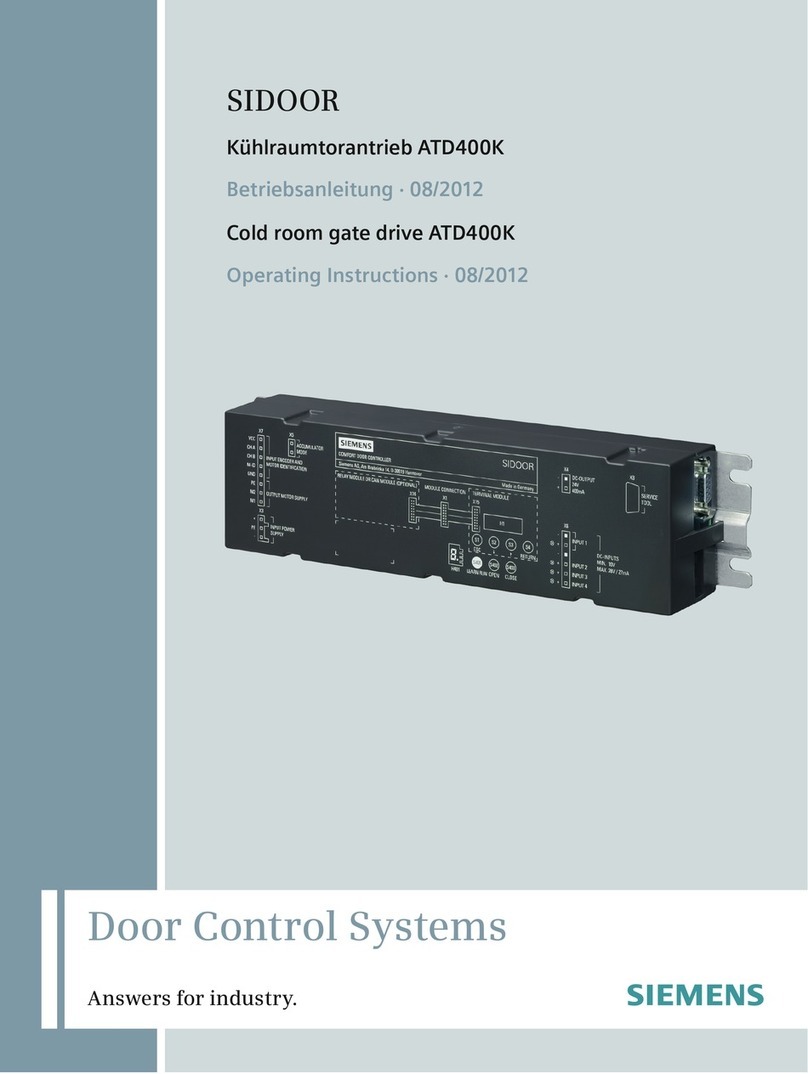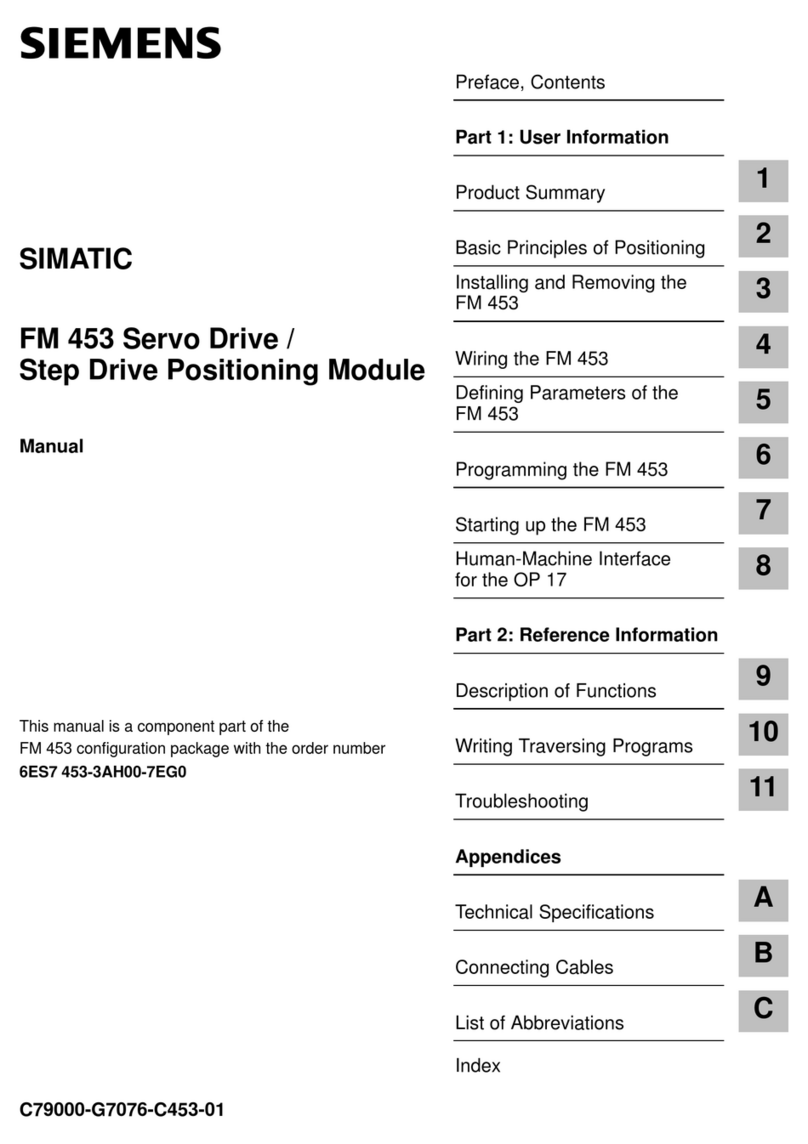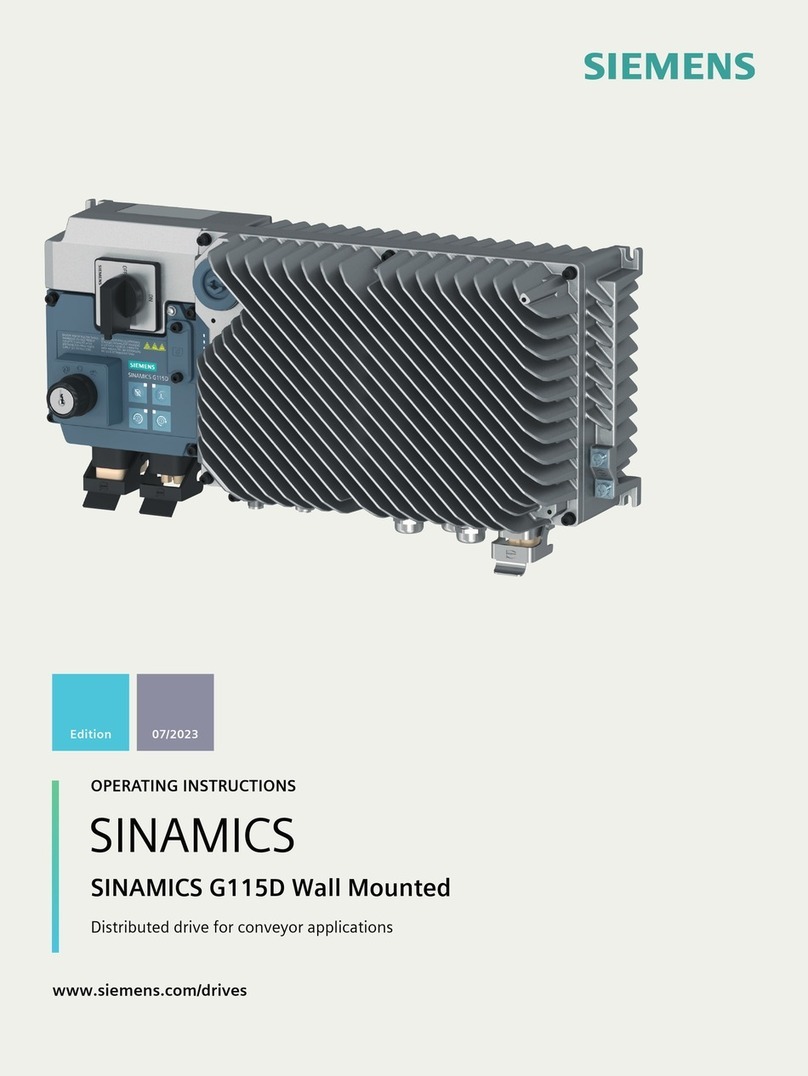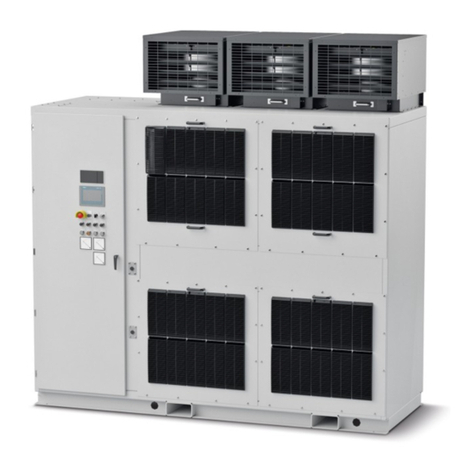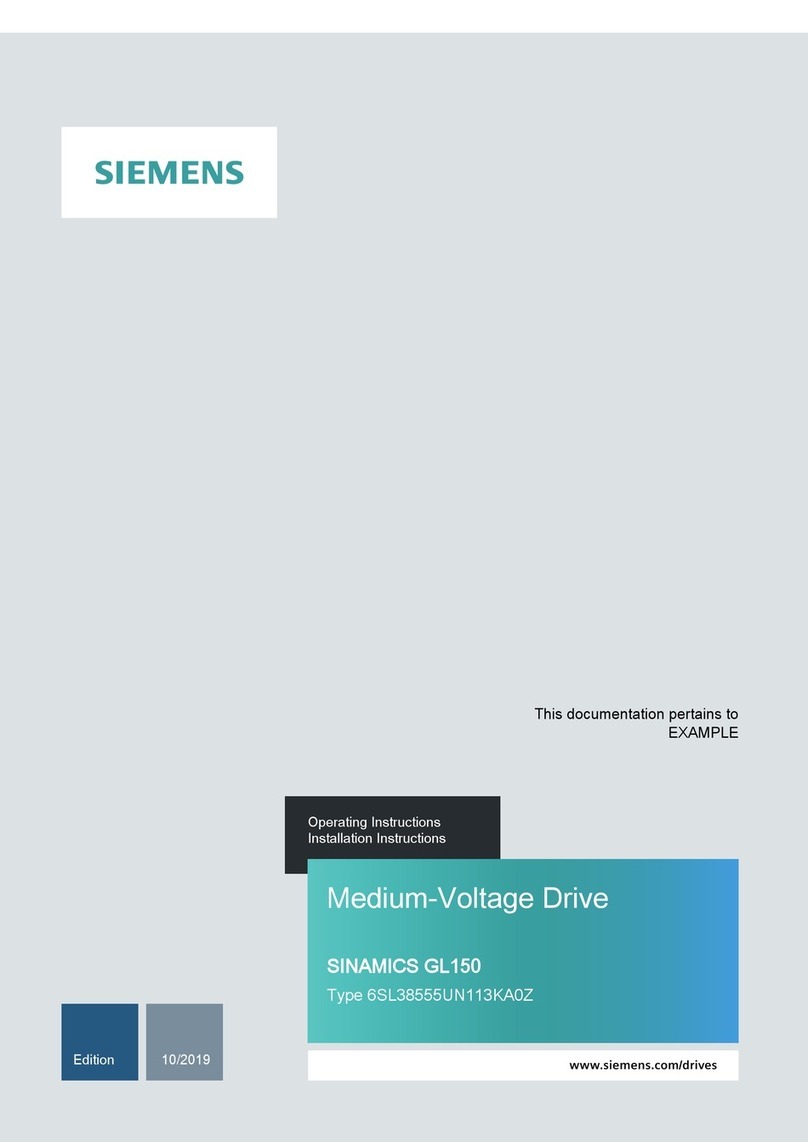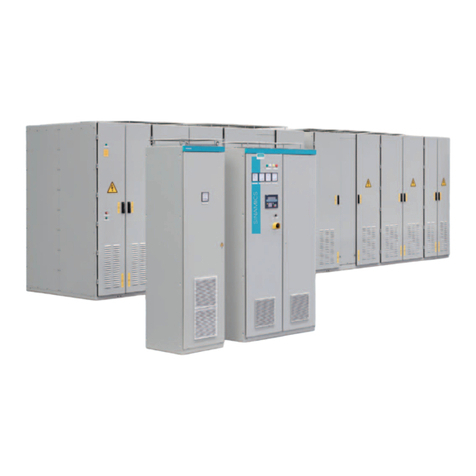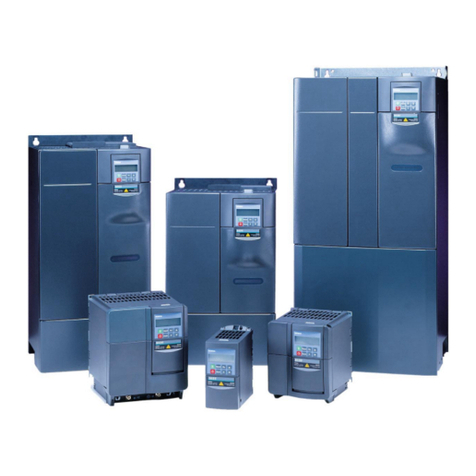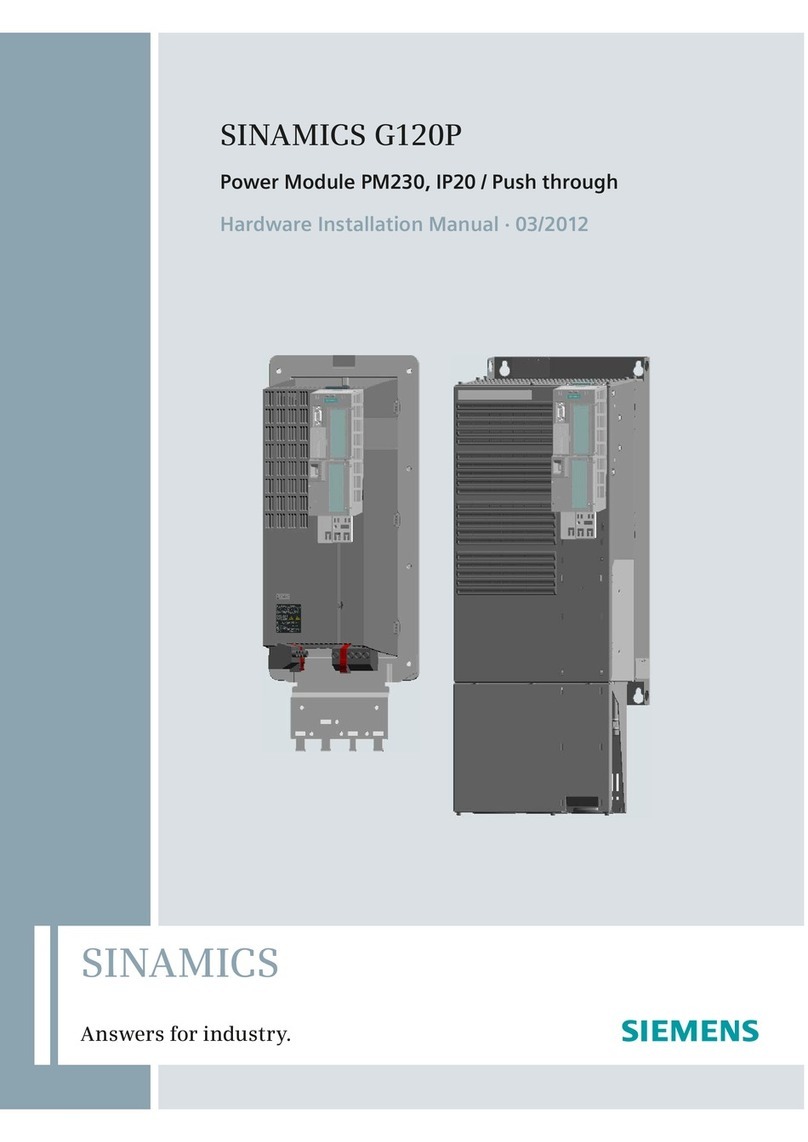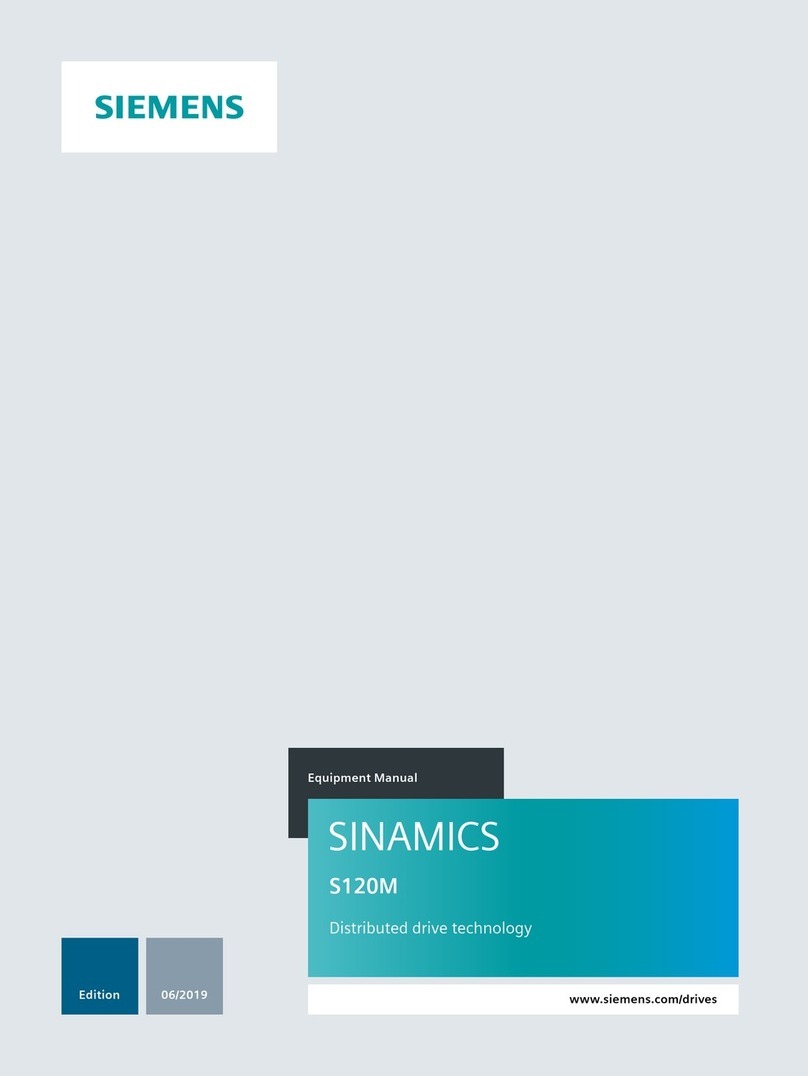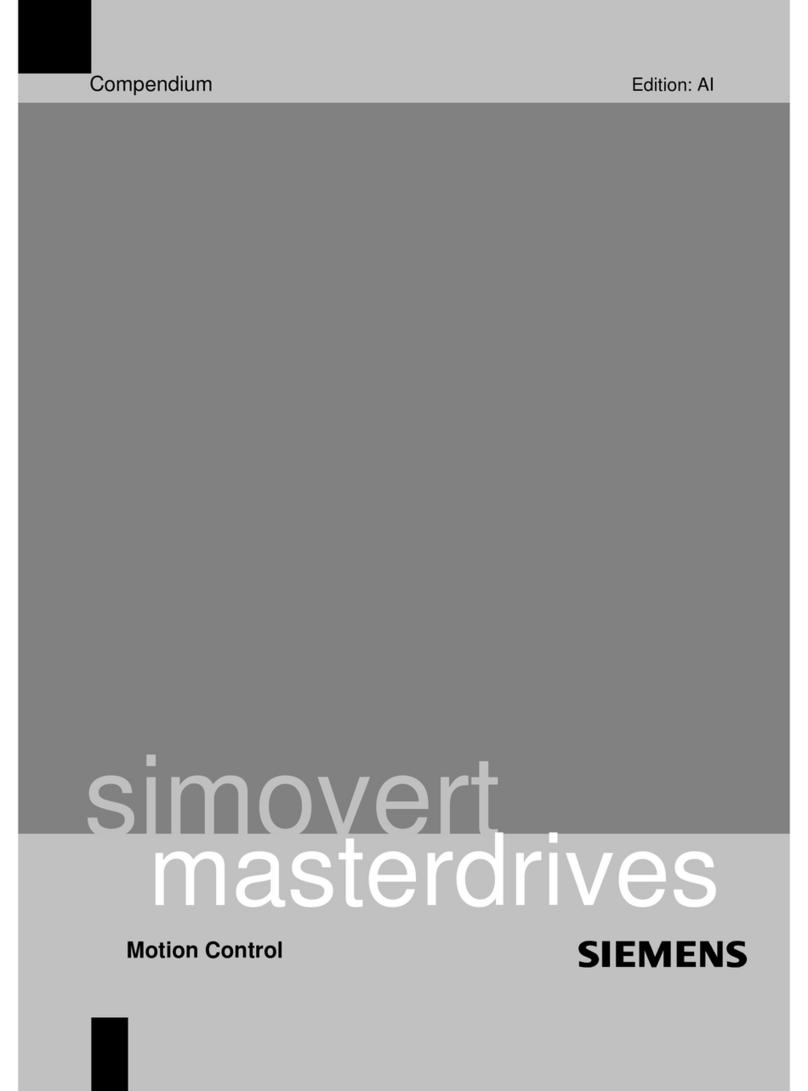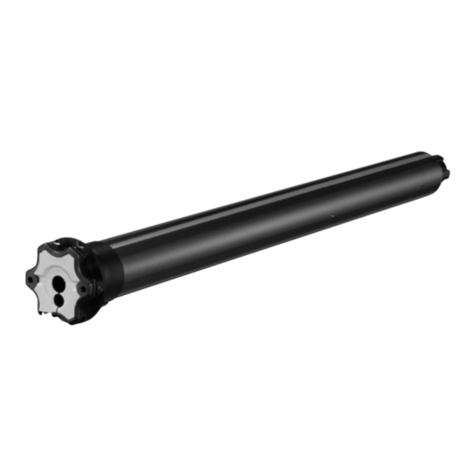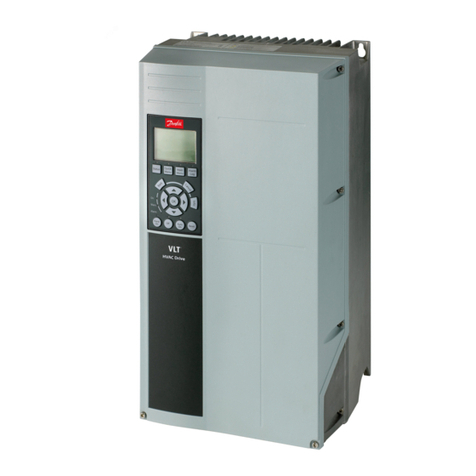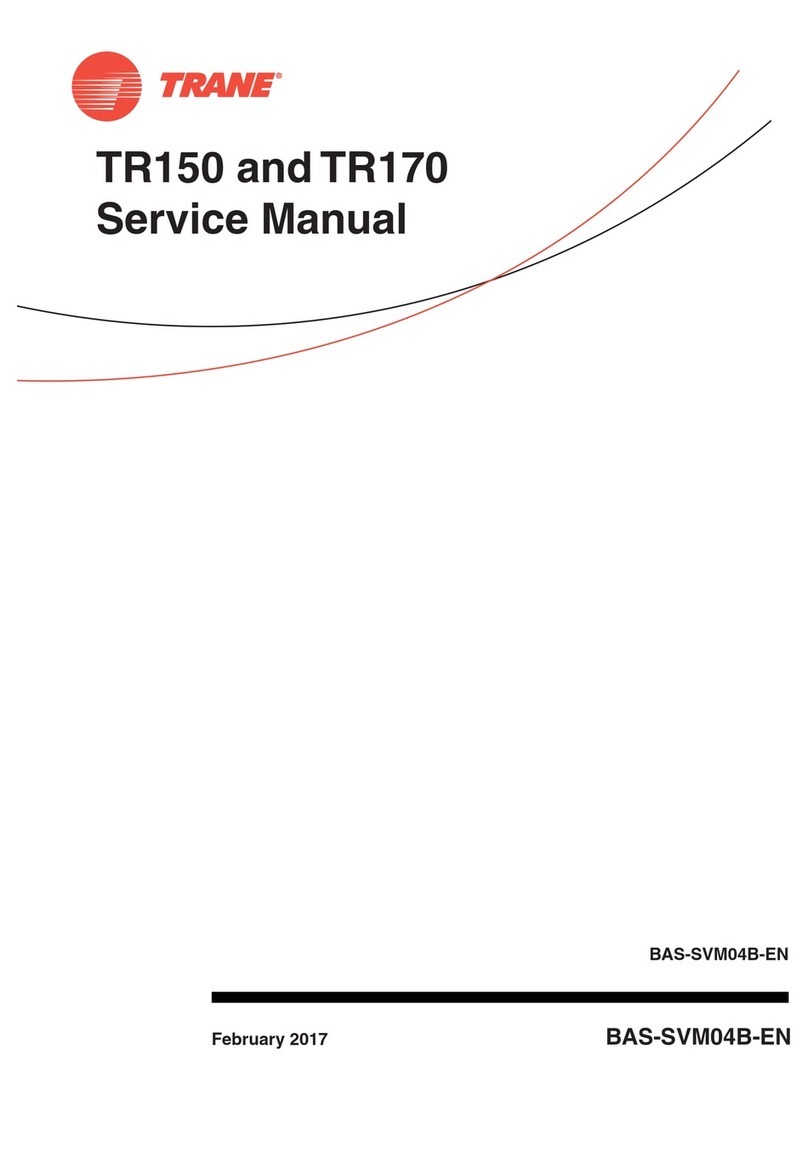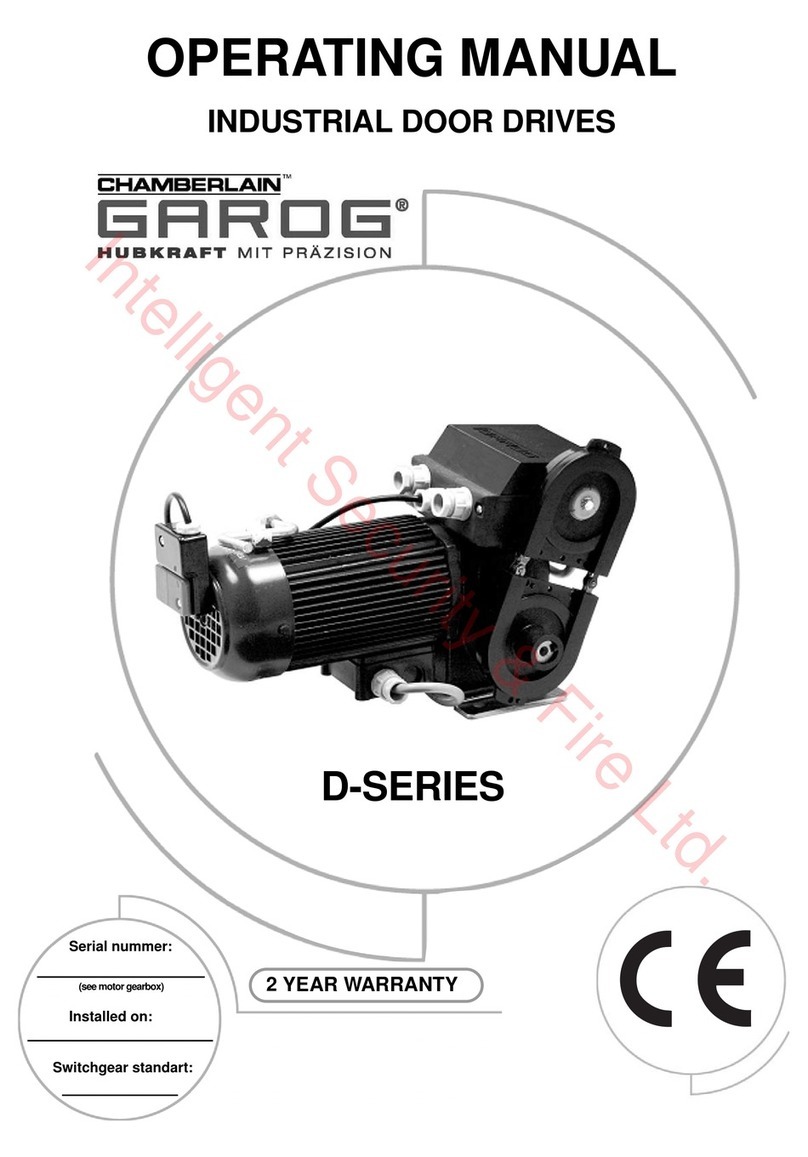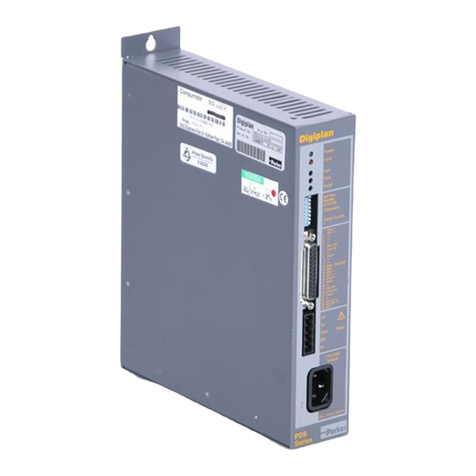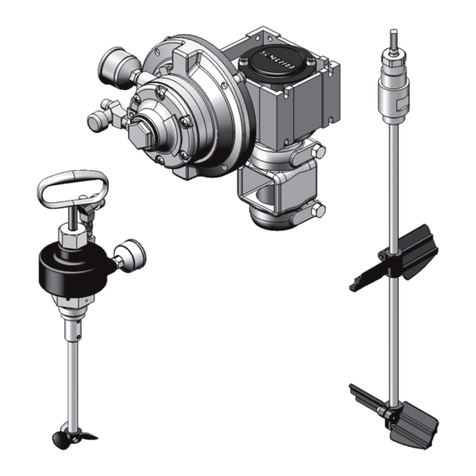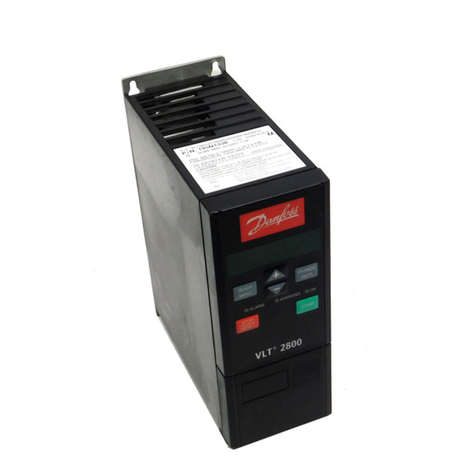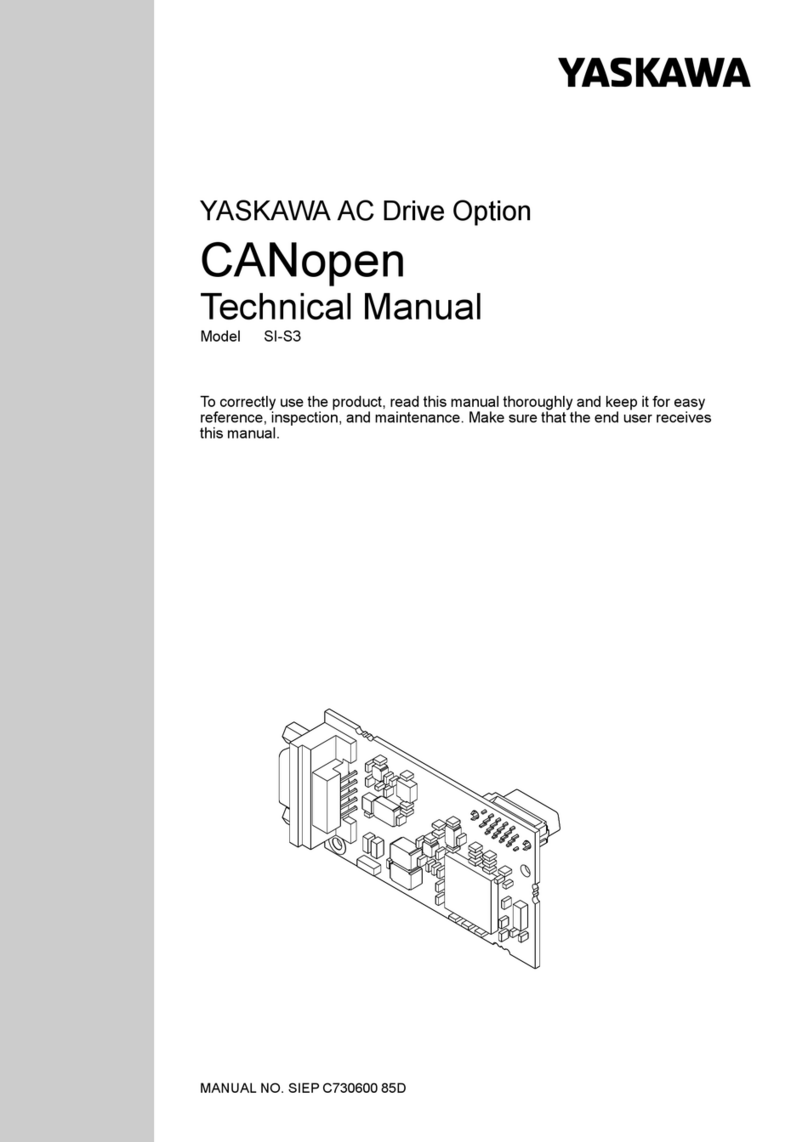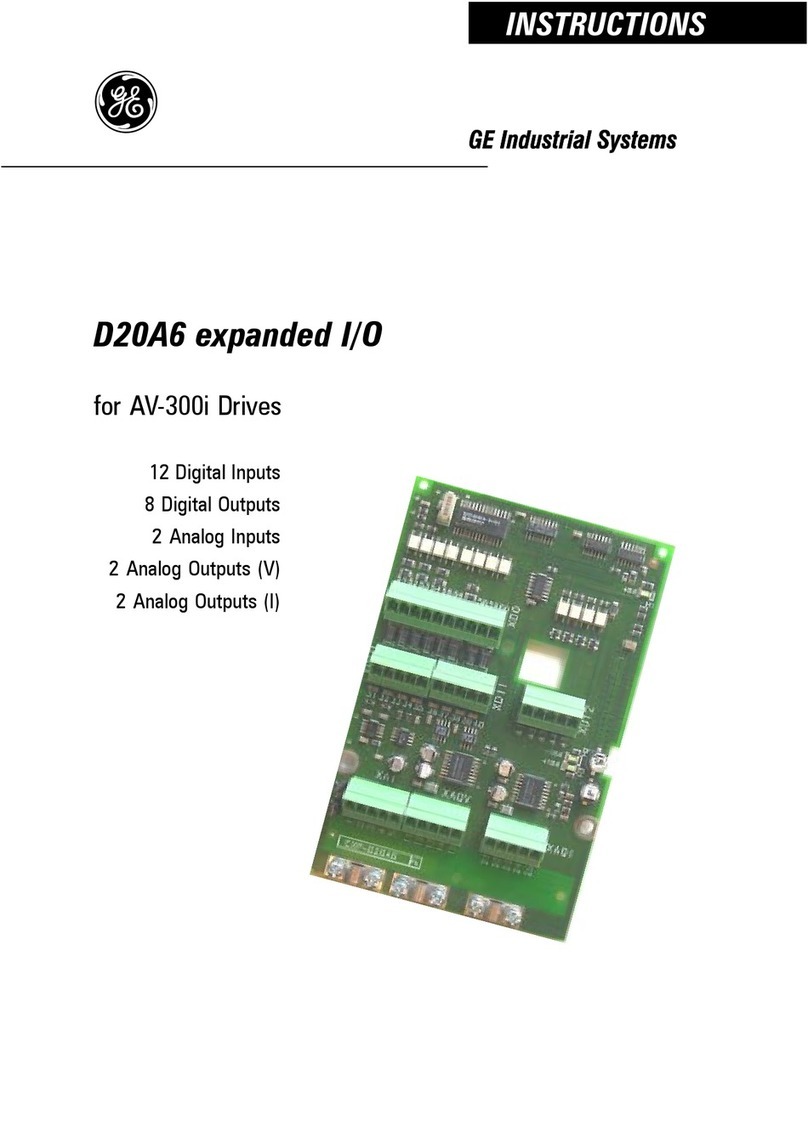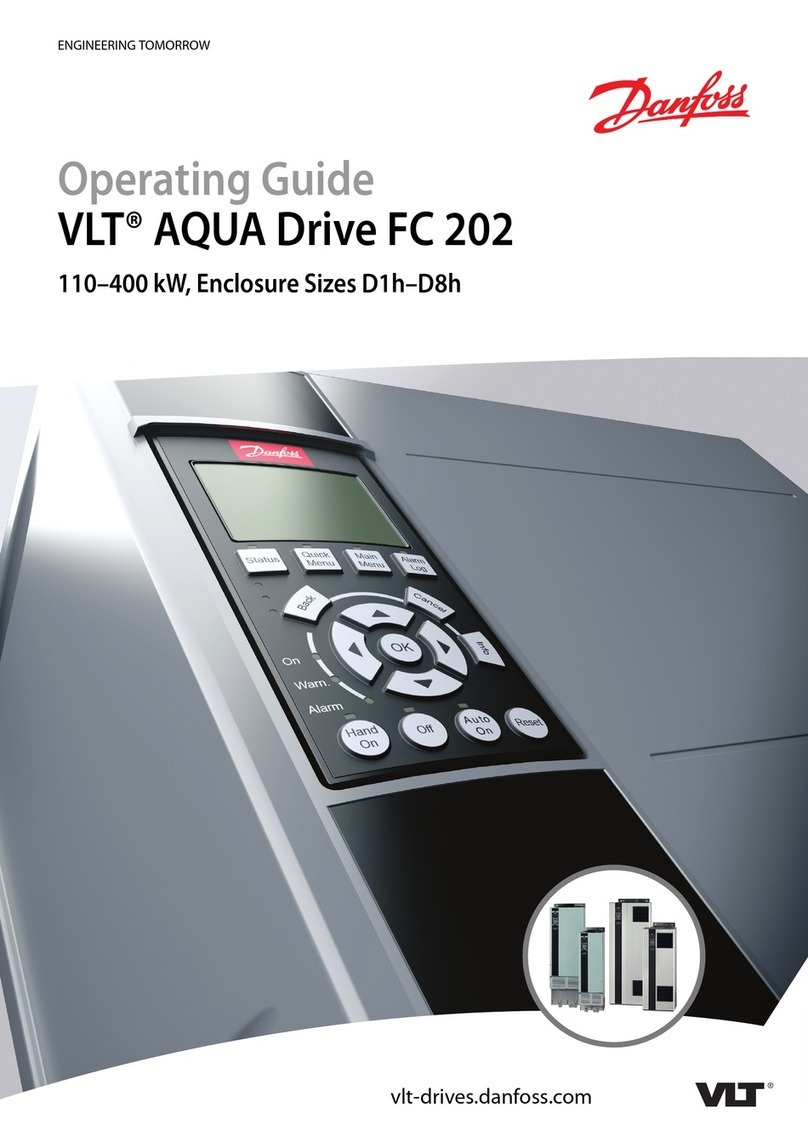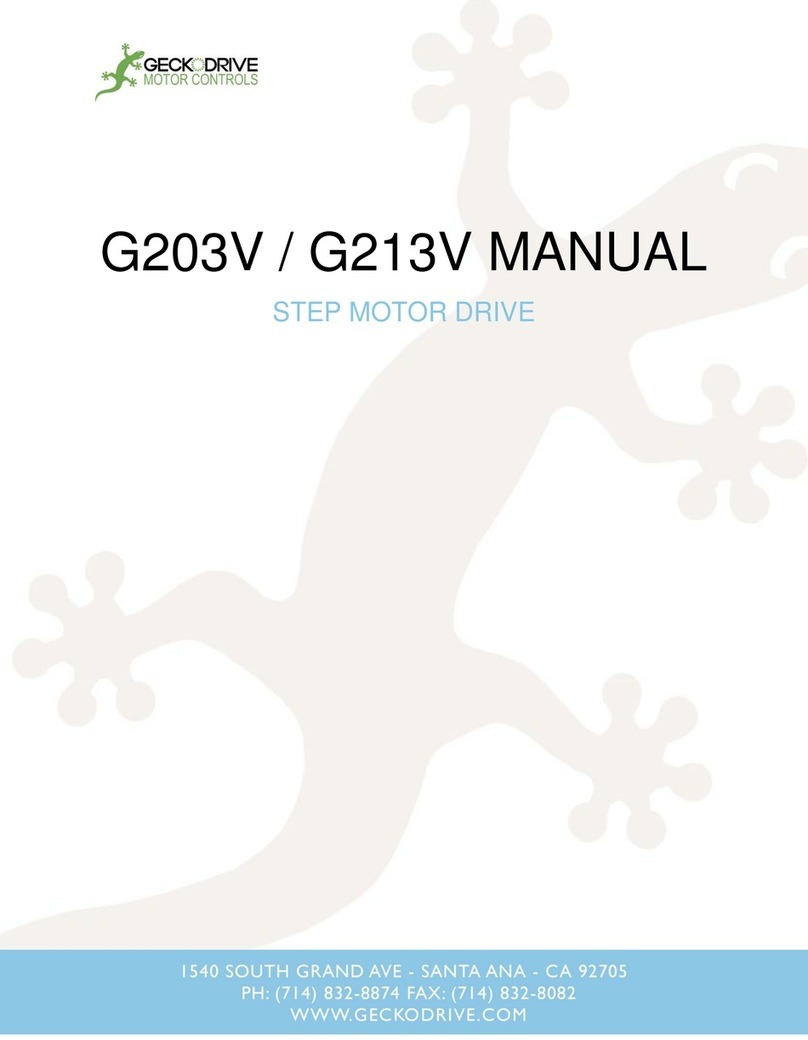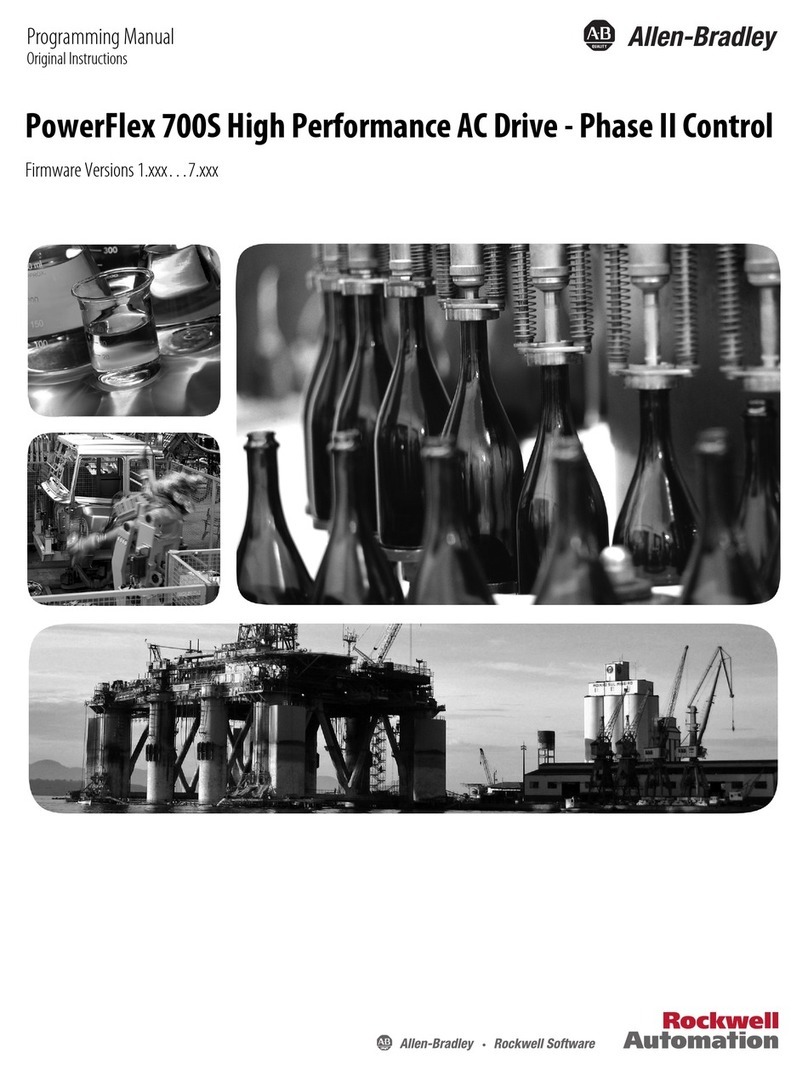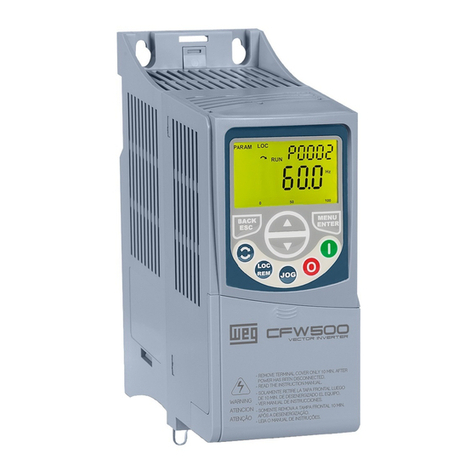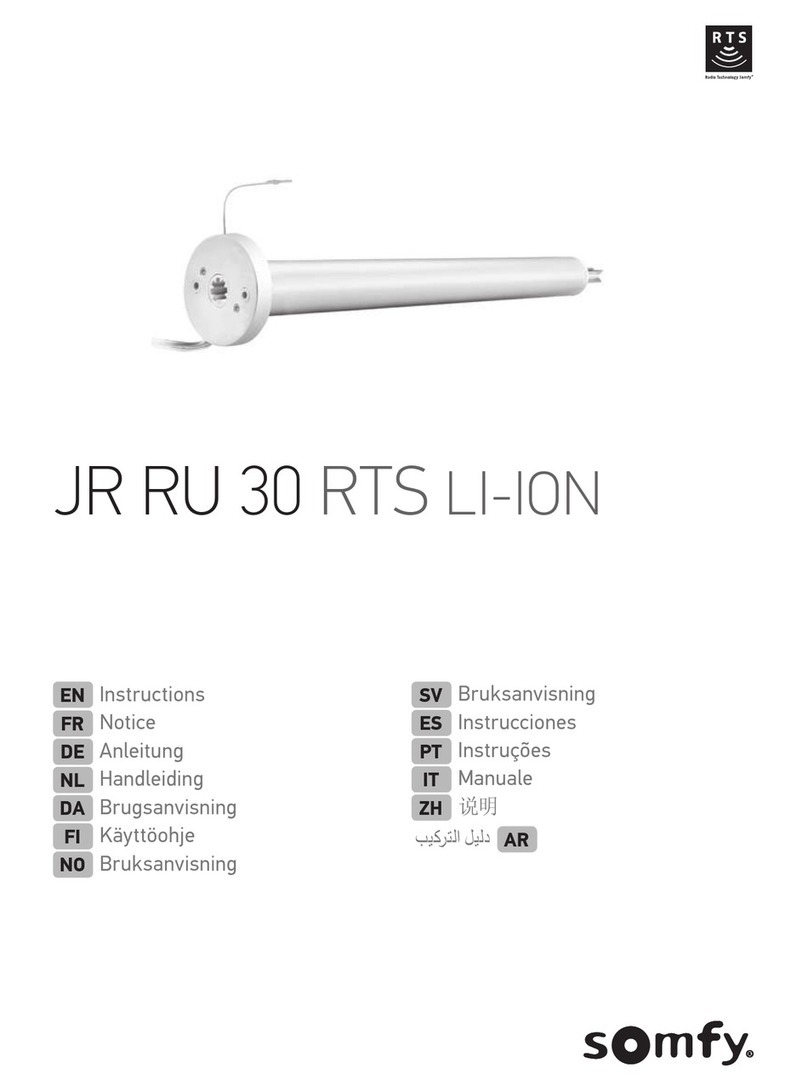
Table of contents
Job planning
10
Programming Manual, 02/2011, 6FC5398-2BP40-1BA0
5 Coordinate transformation (FRAMES) ....................................................................................................289
5.1 Coordinate transformation via frame variables........................................................................ 289
5.1.1 Predefined frame variable ($P_BFRAME, $P_IFRAME, $P_PFRAME, $P_ACTFRAME) ...... 291
5.2 Frame variables / assigning values to frames ......................................................................... 297
5.2.1 Assigning direct values (axis value, angle, scale) ................................................................... 297
5.2.2 Reading and changing frame components (TR, FI, RT, SC, MI) ............................................. 300
5.2.3 Linking complete frames .......................................................................................................... 301
5.2.4 Defining new frames (DEF FRAME) ........................................................................................ 303
5.3 Coarse and fine offsets (CFINE, CTRANS)............................................................................. 304
5.4 External zero offset.................................................................................................................. 306
5.5 Preset offset (PRESETON) ..................................................................................................... 307
5.6 Frame calculation from three measuring points in space (MEAFRAME) ................................ 309
5.7 NCU global frames ................................................................................................................. 313
5.7.1 Channel-specific frames ($P_CHBFR, $P_UBFR) .................................................................. 314
5.7.2 Frames active in the channel ................................................................................................... 315
6 Transformations ......................................................................................................................................321
6.1 General programming of transformation types ........................................................................ 321
6.1.1 Orientation movements for transformations ............................................................................. 324
6.1.2 Overview of orientation transformation TRAORI ..................................................................... 327
6.2 Three, four and five axis transformation (TRAORI) ................................................................. 329
6.2.1 General relationships of universal tool head ............................................................................ 329
6.2.2 Three, four and five axis transformation (TRAORI) ................................................................. 332
6.2.3 Variants of orientation programming and initial setting (ORIRESET) ...................................... 334
6.2.4 Programming of the tool orientation (A..., B..., C..., LEAD, TILT) ............................................ 335
6.2.5 Face milling (3D-milling A4, B4, C4, A5, B5, C5) .................................................................... 342
6.2.6 Orientation axis reference (ORIWKS, ORIMKS) ..................................................................... 344
6.2.7 Programming orientation axes (ORIAXES, ORIVECT, ORIEULER, ORIRPY, ORIRPY2,
ORIVIRT1, ORIVIRT2) ............................................................................................................ 346
6.2.8 Orientation programming along the peripheral surface of a taper (ORIPLANE, ORICONCW,
ORICONCCW, ORICONTO, ORICONIO) ............................................................................... 348
6.2.9 Specification of orientation for two contact points (ORICURVE, PO[XH]=, PO[YH]=,
PO[ZH]=) ................................................................................................................................. 352
6.3 Orientation polynomials (PO[angle], PO[coordinate]).............................................................. 354
6.4 Rotations of the tool orientation (ORIROTA, ORIROTR, ORIROTT, ORIROTC, THETA) ...... 356
6.5 Orientations relative to the path............................................................................................... 359
6.5.1 Orientation types relative to the path ....................................................................................... 359
6.5.2 Rotation of the tool orientation relative to the path (ORIPATH, ORIPATHS,
angle of rotation) ...................................................................................................................... 361
6.5.3 Interpolation of the tool rotation relative to the path (ORIROTC, THETA) ............................... 362
6.5.4 Smoothing of orientation characteristic (ORIPATHS A8=, B8=, C8=) ..................................... 364
6.6 Compression of the orientation (COMPON, COMPCURV, COMPCAD)................................. 366
6.7 Smoothing the orientation characteristic (ORISON, ORISOF) ................................................ 369
6.8 Kinematic transformation......................................................................................................... 371
6.8.1 Milling on turned parts (TRANSMIT) ........................................................................................ 371


